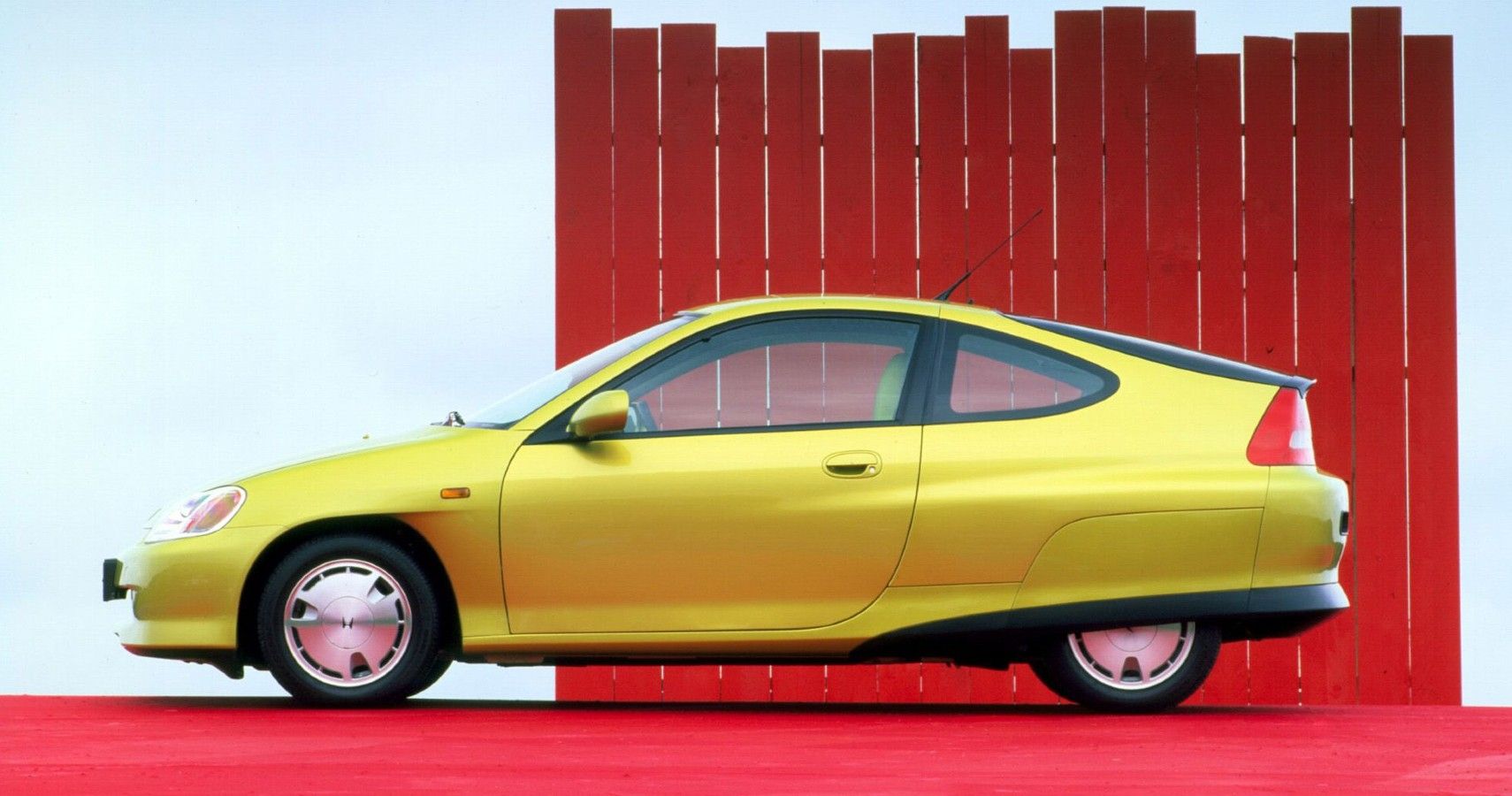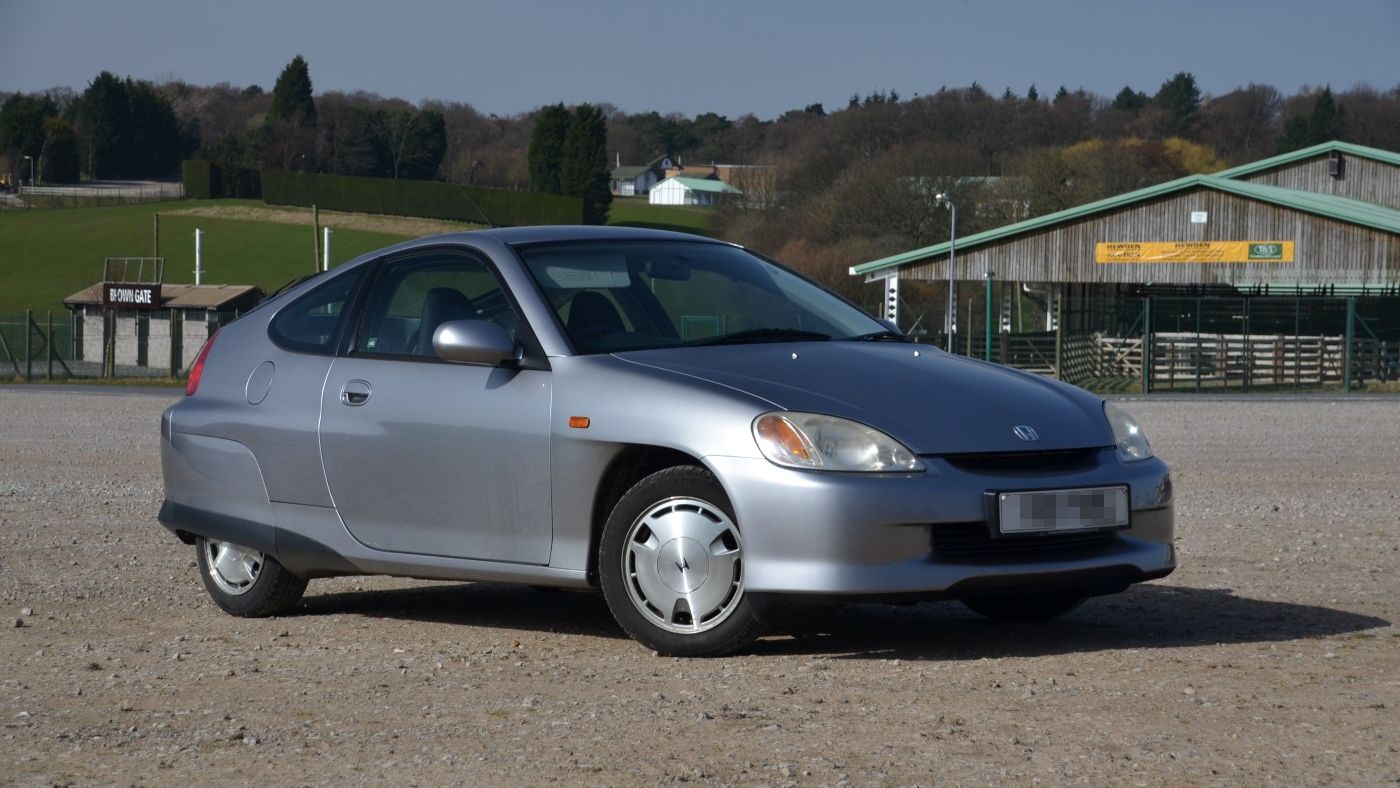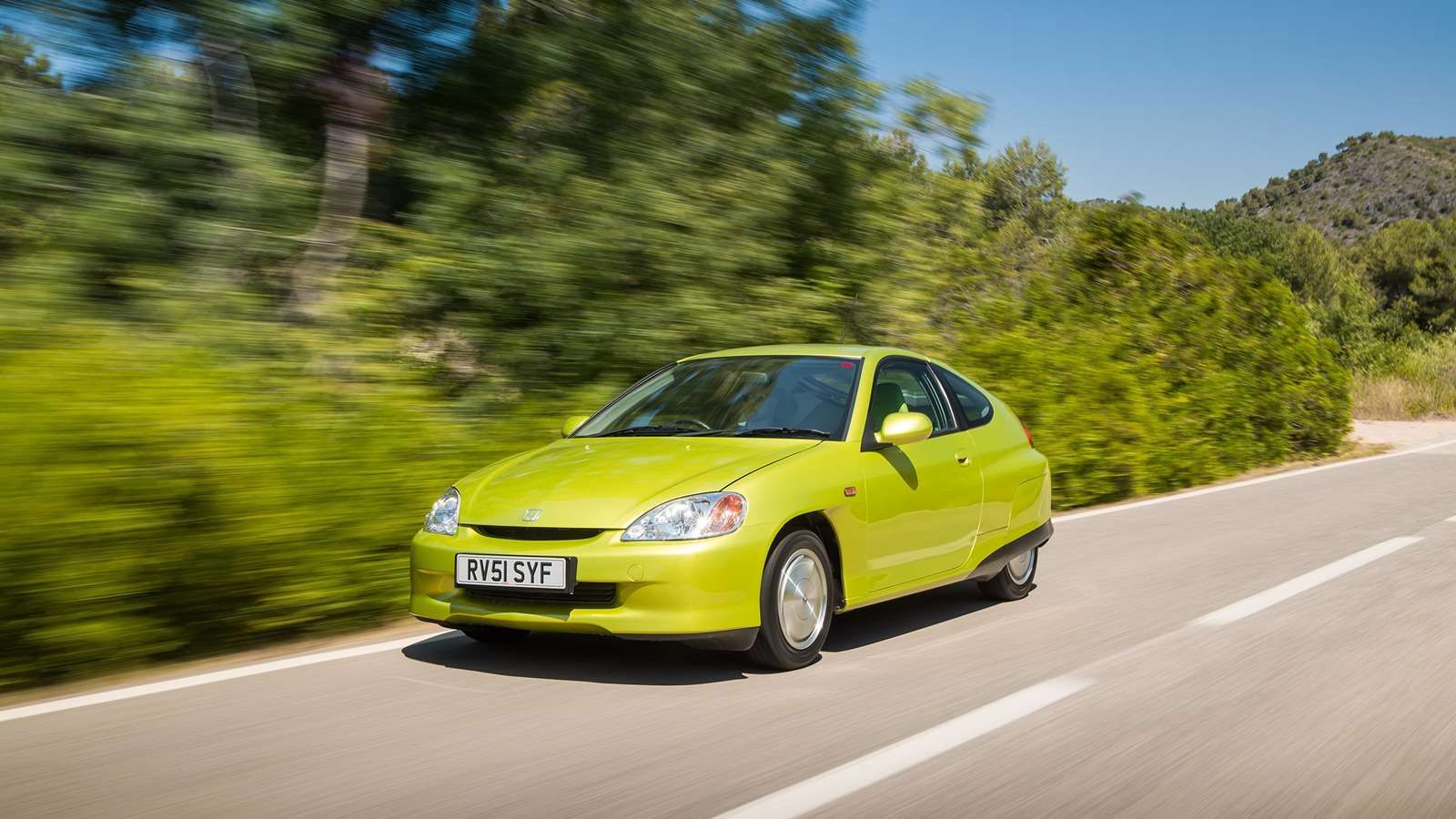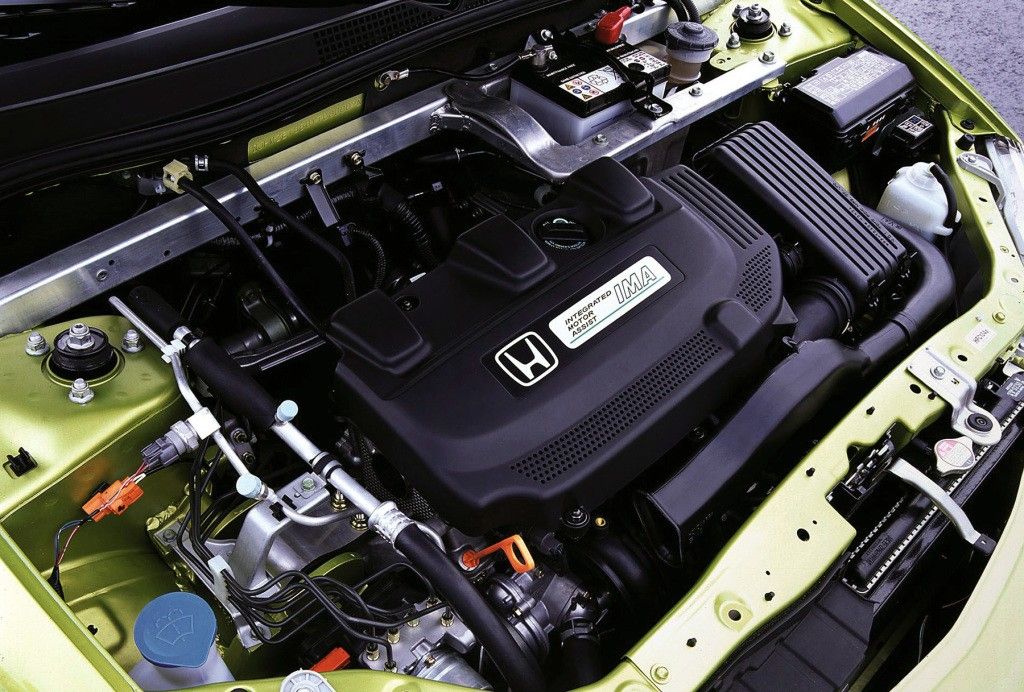Honda launched its fuel-efficient hybrid Insight back in 1999. It was launched at a time when large SUVs such as the Ford Expedition roamed the streets, and the prices of fueling the vehicles were skyrocketing. Masses wanted to gravitate towards smaller cars for lesser fuel consumption and more powerful acceleration. The 1999 Honda Insight was the first production car to introduce the then-new Integrated Motor Assist System. The primary purpose of the1999 Insight was clear: to provide the best fuel economy in the market. In December 1999, Honda Insight hit the showrooms in North America just seven months before the Toyota Prius.
The Japanese manufacturer launched the 1999 Insight to offer a fuel-efficient alternative that provided technologically advanced parallels, which were almost non-existent at the time.
A Hybrid Trailblazer
At the heart of this fuel-efficient, two-seater car was a small 1.0-liter, three-cylinder VTEC-E engine that produced 67 HP. The engine was connected with a 2.5-inch comprehensive electric motor which was linked to a 144-volt nickel-metal hydride battery pack.
Under hard acceleration, the electric motor assisted the gasoline engine and recharged the battery while decelerating without powering the car independently. The Integrated Motor Assist was paired with a five-speed manual transmission.
The limited powertrain and light chassis moved the 1999 Insight from 0 - 60 MPH in 10.65 seconds. The car could quickly get through the traffic or drive uphill and had better performance than a 2020 Toyota C-HR. Like most hybrids and electric cars today, the 1999 Insight had IMA’s ‘Charge’ and ‘Assist’ functions to indicate whether the system was being charged or used to send energy to the electric motor.
The critically acclaimed fuel economy of the 1999 Honda Insight is something that is still rare in vehicles even today. Back in 1999, the Honda Insight gave a combined cycle of 83.1 MPG while the other cars barely managed the mark above 55. As for the emissions, the little Honda Insight emitted 80 G/KG, 34 G/KG less than the hybrid Toyota Prius that emitted 114 G/KG.
Aerodynamic Inside And Out
The 1999 Insight was a state-of-the-art hybrid with a pioneering build. Honda extensively used light materials and a unit/body-space frame that utilized metal panels to absorb and distribute the loads. This resulted in a bodyweight that was 40 percent lighter than a normal Honda Civic.
The Insight had a lightweight aluminum body with front fenders and rear wheel covers that were made from recycled plastic. According to Automobile Catalog, another reason for the stunning fuel economy was that the Insight merely weighed 1,808 pounds.
Aerodynamics contributed mainly to the success of the car. Designed like a wedge, it had a shape that led to a pointy front which yielded a drag of 0.25. Underneath the fenders, the 1999 Insight was equipped with rolling-resistant 14-inch lightweight wheels. The low tires offered a smooth transition while changing directions.
Under the chassis, the 1999 Insight contained resin panels to ensure a clean passage of air with additional structures around the fuel tank and exhaust system, which were also made of recycled plastic.
The sporting cabin of the Honda Insight was called a ‘Personal Fit Capsule’ and was equipped for the standard comfort of the driver and passenger. The electronic digital-analog instrument panel at the dashboard divided the information into three parts: the gasoline functions on the left, the electric functions on the right, and a Speedometer at the center. Additionally, the Insight had central locking with keyless entry, electric windows, reading lights, and sporty bucket seats.
A Car Way Ahead Of Its Time
Due to its lightweight and brilliant engineering, Insight had EPA’s highest mileage rating ever, which earned Honda an award for ‘Excellence iI Environmental Engineering’ from the Sierra Club. The groundbreaking IMA system ensured that the car stood true to its roots of fuel efficiency. The 1999 Honda Insight contained an idle-stop feature that automatically killed the engine during traffic to stop excessive gas consumption and emit lesser pollutants.
Honda wanted to create an impression of tomorrow with the 1999 Insight. In the sea of silver and metallic grey, the Insight was launched with an array of eye-catching colors. It came in shades like Citrus Yellow Metallic, Monte Carlo Blue Pearl, and the New Formula Red.
Back in 1999, Insight would’ve seemed expensive, with a price tag of $21,164. It looked like a tough bargain for a two-seater, although Honda used pioneering hybrid technology, which eventually set the course for the future versions of the vehicle.
The first-generation Honda Insight lasted until 2006 and sold over 100,000 units worldwide. It attained the status of a ‘revolutionary’ hybrid car that changed the perception about fuel consumption and efficiency. With the low-carbon market in its initial stages, Insight was an escape from the ordinary.




